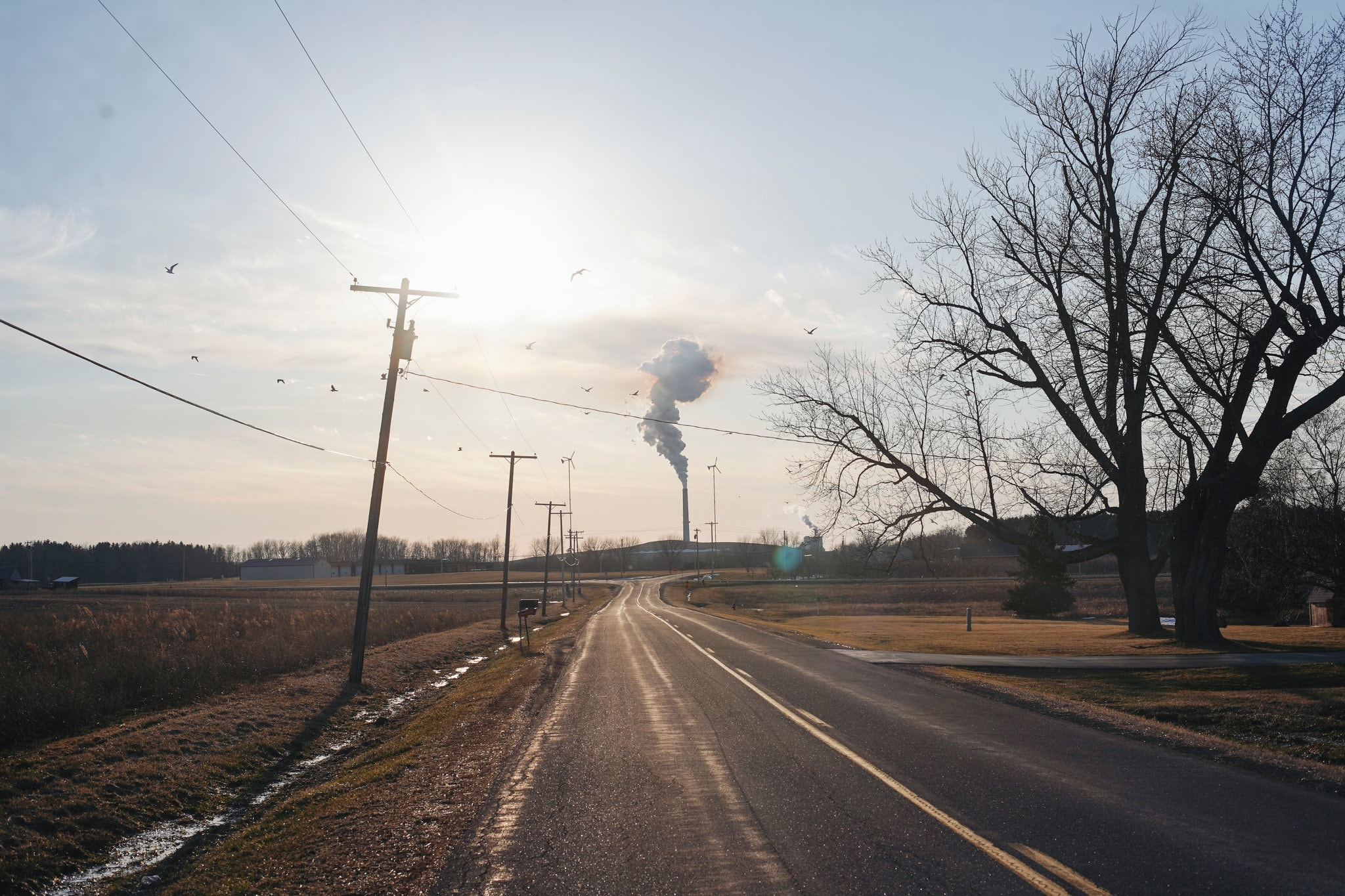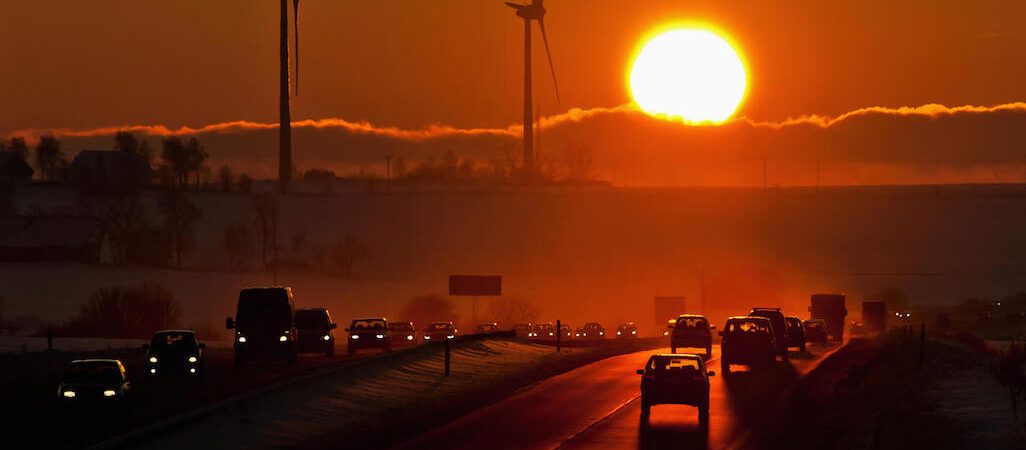The effect that global warming is having on our planet and its inhabitants is, after decades of speculation, becoming clear to see. The world is now more than 1 degree warmer than it was in 1880, before humans began to burn fossil fuel for energy. And this increase isn’t a strange, random fluke, either, with 19 of the 20 warmest years on record have occurred since 2001.
The impact that warming is having on the planet is deepening every year, with higher temperatures leading to more extreme weather events, including historic droughts in dry regions like Africa and Australia, and heavy flooding in tropical regions like South East Asia and India. Even Europe, which tends to escape the worst weather, has seen extreme heatwaves and flooding since 2001 that have led to thousands of deaths.
As we covered in a previous blog, rising global temperatures are also melting the ice sheets in the Arctic and Antarctic, where an incredible 69 percent of the world’s fresh water is stored. As this water is released, sea levels are rising all over the world, threatening the existence of islands in the Pacific, as well as coastal cities like Jakarta, whose collapse into the sea is now considered inevitable.
More money, more global warming
The cause of this warming is the burning of fossil fuels – coal, oil, and natural gas – to power our homes, businesses, and transport networks. The good news is we have the solution: renewable energy. By harnessing the abundant energy provided by the sun and wind, we can power our modern lives without causing toxic pollution that kills 9 million people every year or warming our planet to levels that could lead to our own demise.

We have known this for decades, however, the enormous amount of money that is wrapped up in the oil and gas industry has prevented global leaders from acting to curb its use. In the US, for example, the oil and gas industry spent $125 million in 2019 alone on lobbying the government not to ban fossil fuel use. All over the world, fossil fuel companies, big investors, and governments work together to ensure our planet keeps getting hotter.
On their current pathway, global temperatures are set to rise to beyond 2 degrees by 2030 – in less than ten years’ time. If and when this happens, 98 percent of the ocean’s coral reefs will be under threat of extinction, as will 8 percent of plant life, while more than one third (37 percent) of the global population will be exposed to extreme heat in one of every five years.
And this is the best-case scenario. If we carry on burning fossil fuels at the rate we are now, the world is on track for 4.1 – 4.8 degrees of warming by 2100 – in just 80 years’ time. The result of this would be catastrophic. Sea levels would rise by up to 2 meters, drowning many coastal cities, while crop yields would fall dramatically, leading to mass hunger. The best way to put 4 degrees of warming into context is this: 4 degrees in the other direction (cooling) was the ice age.
The answer: stop burning fossil fuel
All is not lost, however. The evidence for global warming has become so clear that global leaders have – despite the fossil fuel industry – started to do something. In 2015 they agreed to try to limit global warming to 2 degrees, with most signing a historic Climate Accord at the UN Conference of the Parties in Paris.

Since then a number of pledges, targets, and measures have been put in place that – if kept – will limit global warming to 2.8 degrees by 2100. Of course, this is still much too high but is perhaps a step in the right direction. Big business has also started to turn, with even the oil and gas giants pledging to invest more in renewable energy and cut emissions in the coming years.
This is extremely important. There are things we can all do to stop global warming, such as ensuring we are using energy at home more carefully, driving less, and being less wasteful with our food, clothing, and using less plastic (which is made from oil). However: the real change must come from the top.
Ultimately, the only way to stop global warming is to stop burning fossil fuel. According to the UN, to keep below 2 degrees of warming the world must cut fossil fuel burning by 45 percent from 2010 levels by 2030 – in just ten years’ time – and become carbon neutral (i.e. not release more carbon into the atmosphere than is removed) by 2050.
Government and business working together
Governments and businesses working together is how we will achieve this. In Vietnam – a region where solar is the most abundant and efficient energy choice – the government has increased its support for renewables every year.
Up to April 2020, the Vietnam government had licensed solar plants with a combined capacity of 25,000 MW – much higher than its original target for 4,000 MW by 2025. By 2030 it wants 20 percent of all of Vietnam’s electricity to come from renewables, including 12GW of solar capacity.
Meanwhile, investors and developers like Shire Oak International are working with manufacturers across the country to install solar rooftops that can power operations more efficiently and at a lower cost than using main grid energy from EVN.
The use of coal is still much, much too high in developing regions like Vietnam, with coal-burning accounting for a staggering 65 – 75 percent of carbon emissions in the country. However, Vietnam is moving with other global leaders in the right direction: away from fossil fuels and toward renewable energy. And the faster this happens, the faster we will stop global warming.


